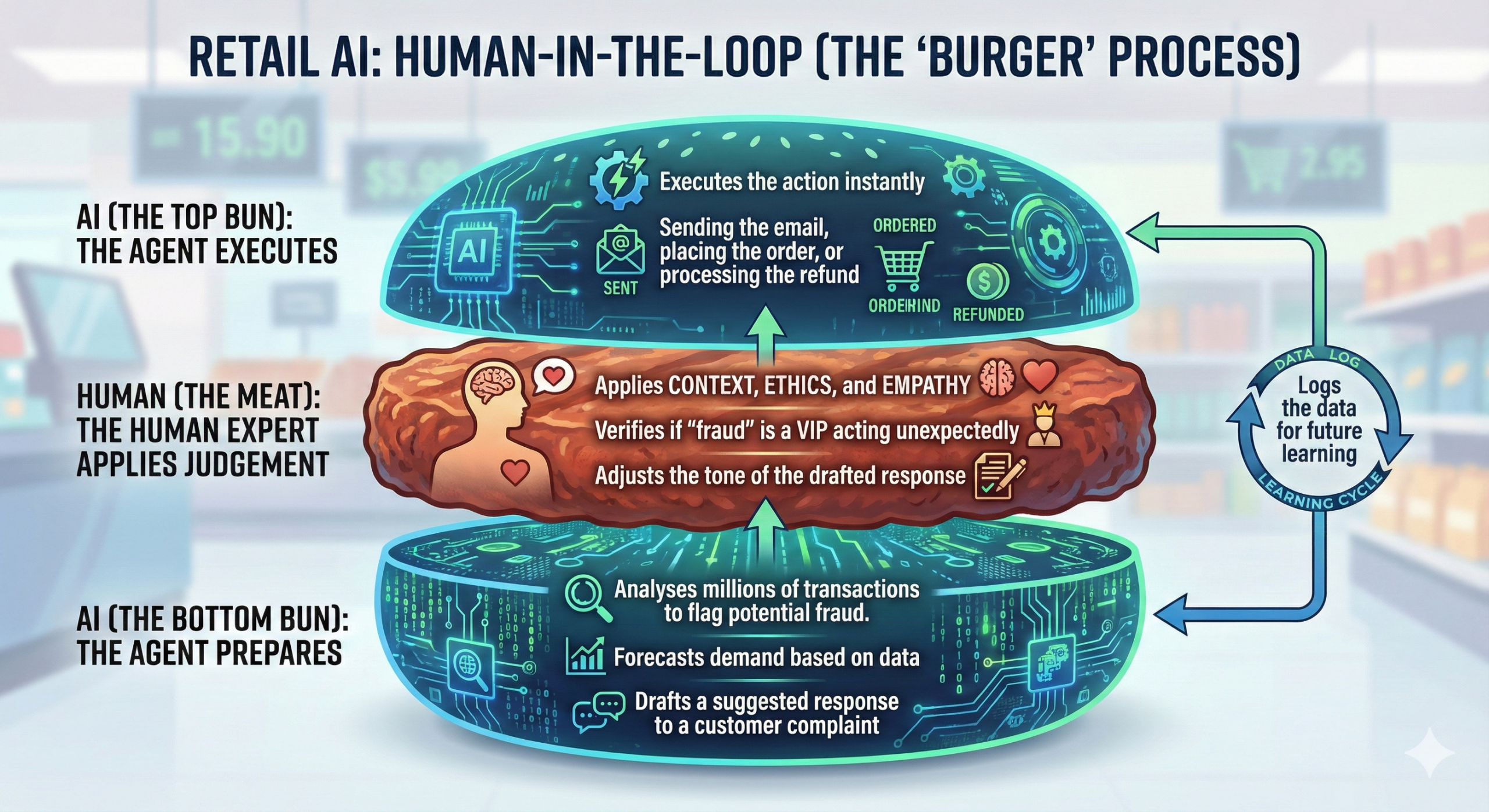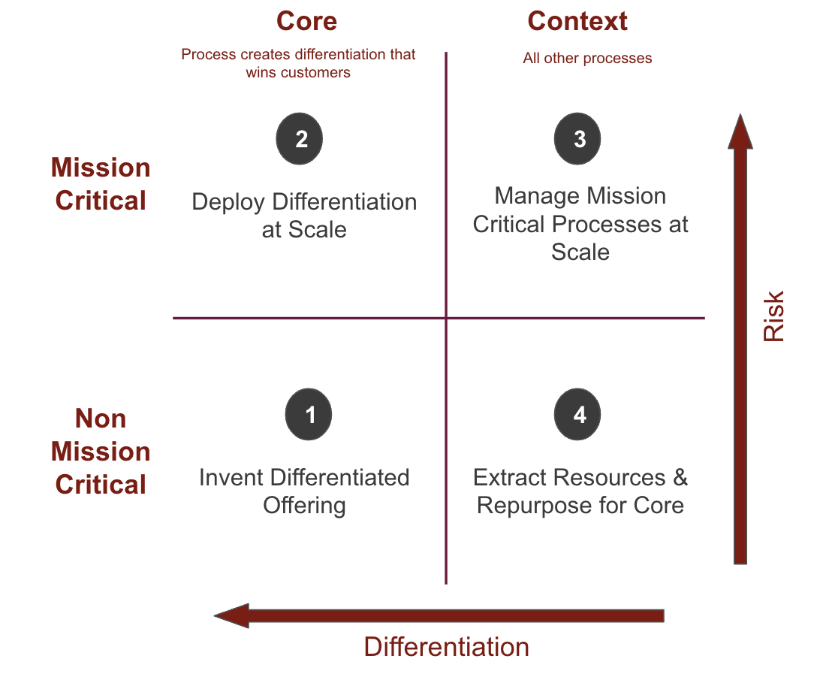Since returning to Salesforce I’ve been immersed in the problems enterprise retailers are having getting AI transformation moving forward at pace. Below I’m proposing a straegic approach that will help unlock trapped value in customer data fast whilst focussing on the full agentic transformation of agent orchestration that crosses domain boundaries across the entire organisation. My thinking is below:
AI powered systems cannot produce intelligent outputs without reliable, trusted data delivered at the moments of need. In spite of almost every retailer making significant data strategy investments, retailers know they should be getting more value from customer data.
The enterprise retailers I work with use many different systems that input, process and output customer data. Due to modern cloud storage infrastructure, many retailers have been successful centralising customer data from an array of sources however these systems are difficult to operationalise as the data remains land locked in systems that are not designed to activate data. This is leading to poor customer experiences that are still labour intensive to deliver. This is all caused by trapped data.
The net results can be things like marketing campaigns plagued by delayed data, on site personalisation that repeats the wrong message to the same consumer multiple times and customer service interactions that require too much 2nd line resolution because the 1st line agents that could have been AI agent powered do not have the sufficient data at hand nor a way take action which may span multiple systems. All of this stems from a lack of accessible, actionable data.
But focusing just on the whole company data problem before AI transformation is driving retailers to slow down AI transformation. Enterprises can however get initiatives moving and start to move forwards on AI transformation by giving an AI agent only what it needs to know to do its job. Those retailers who really want to disrupt need to move fast in order to gain first mover advantage and would benefit from a two speed approach – a multi year strategy that lays the foundation for multi-agent interaction in parallel with less resource intensive initiatives to deliver task specific agents that deliver immediate value making accessible only the data it needs to do it’s job. It is critical however that both streams are run in parallel.


